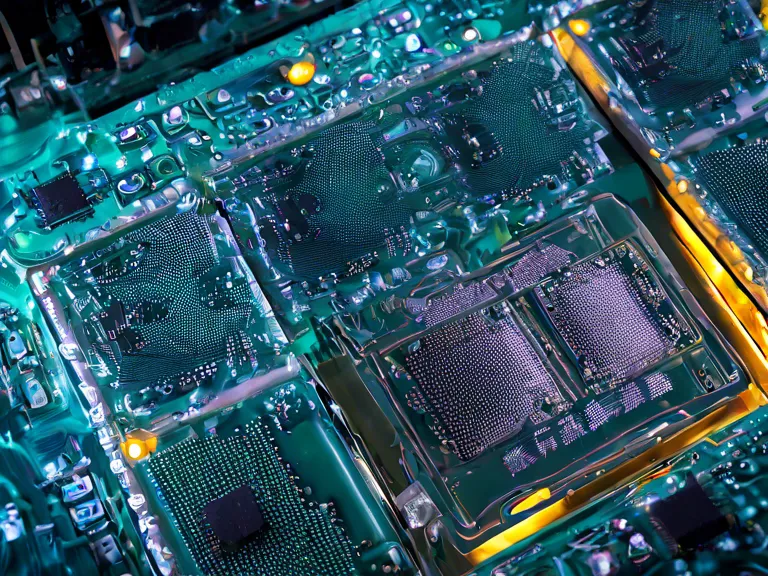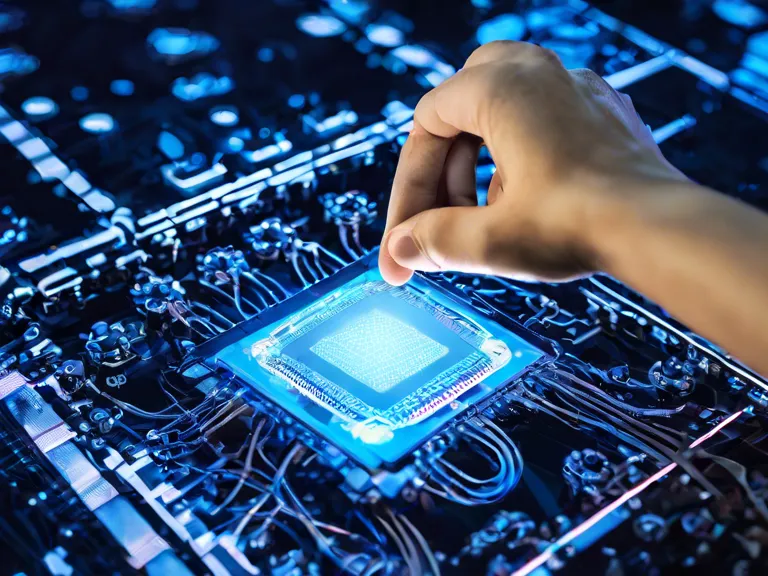
With the global semiconductor shortage affecting various industries, China and Taiwan, as key players in the semiconductor market, are finding ways to navigate the crisis. Both countries are crucial suppliers of semiconductors to the world, and their strategies to manage the shortage can have widespread implications.
China, the world's largest consumer of semiconductors, has been ramping up efforts to boost domestic production. The Chinese government has been investing heavily in semiconductor manufacturing, aiming to reduce its reliance on imported chips. Additionally, China has been working on building a more robust supply chain for semiconductors, with a focus on developing advanced technologies such as 5G and AI. By strengthening domestic production and innovation, China hopes to mitigate the impacts of the semiconductor shortage on its economy.
Taiwan, on the other hand, is home to the world's largest semiconductor foundry, TSMC (Taiwan Semiconductor Manufacturing Company). As a major supplier of semiconductors to tech giants like Apple and Qualcomm, Taiwan plays a vital role in the global semiconductor industry. To cope with the shortage, TSMC has been expanding its production capacity and investing in new technologies. Taiwan is also working closely with its allies, such as the United States, to address supply chain issues and ensure a stable semiconductor market.
Overall, both China and Taiwan are taking proactive measures to navigate the semiconductor shortage and minimize its impact on their economies. By investing in domestic production, fostering innovation, and collaborating with partners, these countries are working towards ensuring a stable supply of semiconductors in the face of global challenges.



